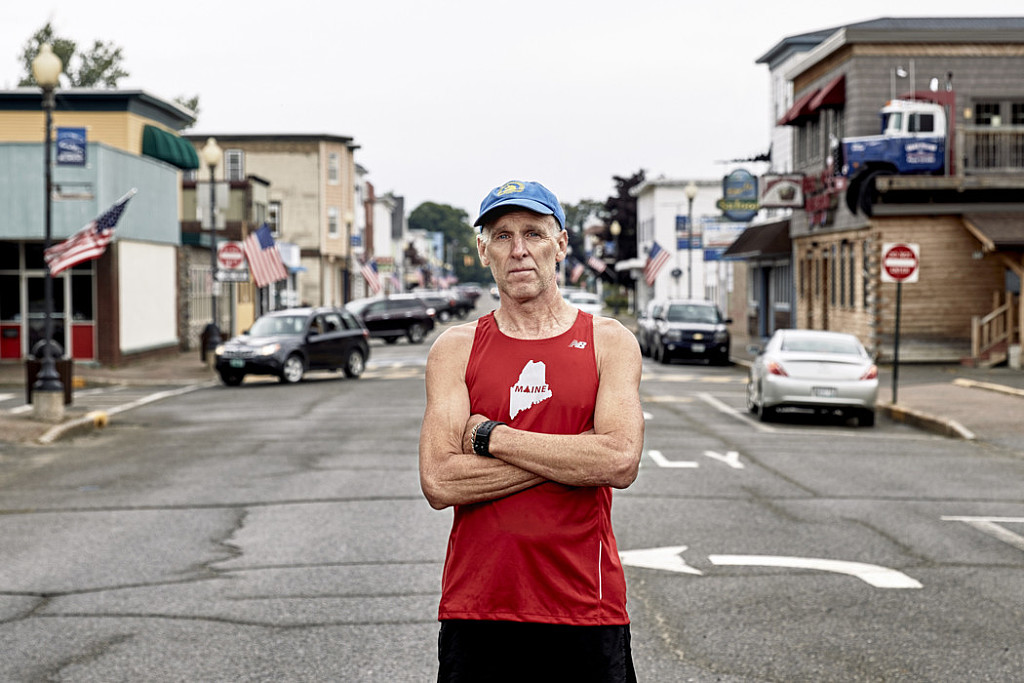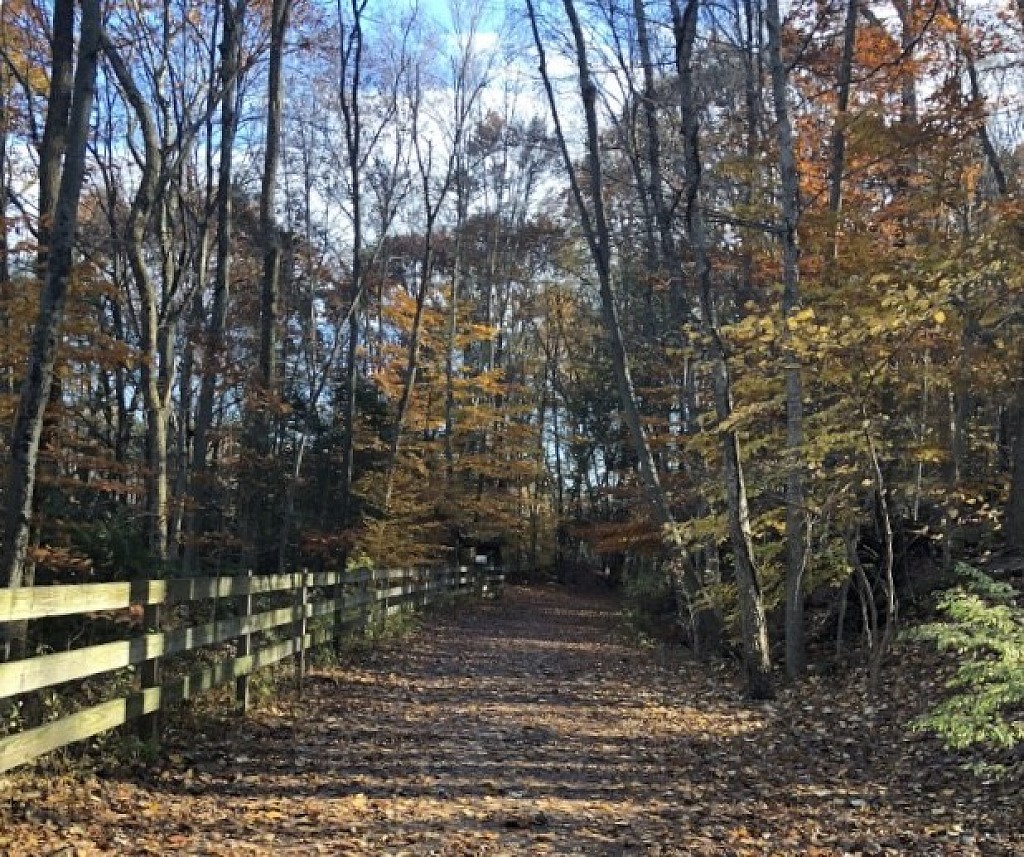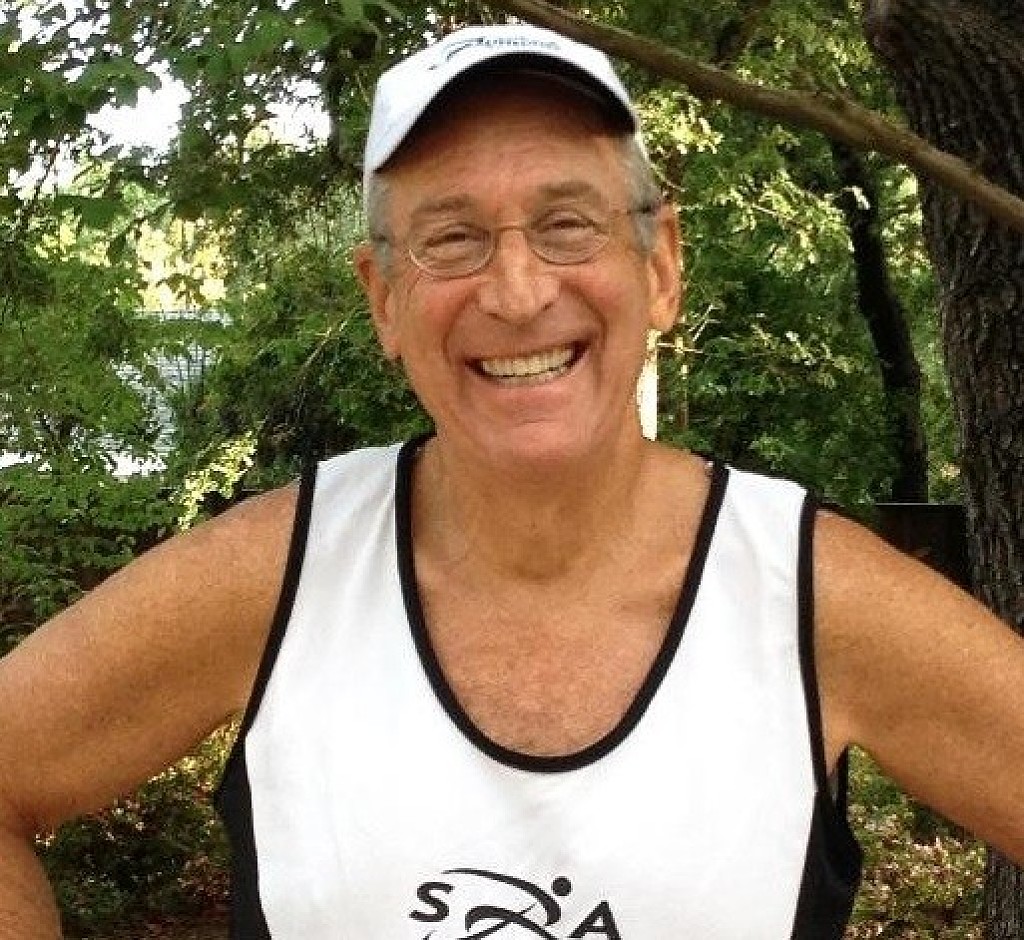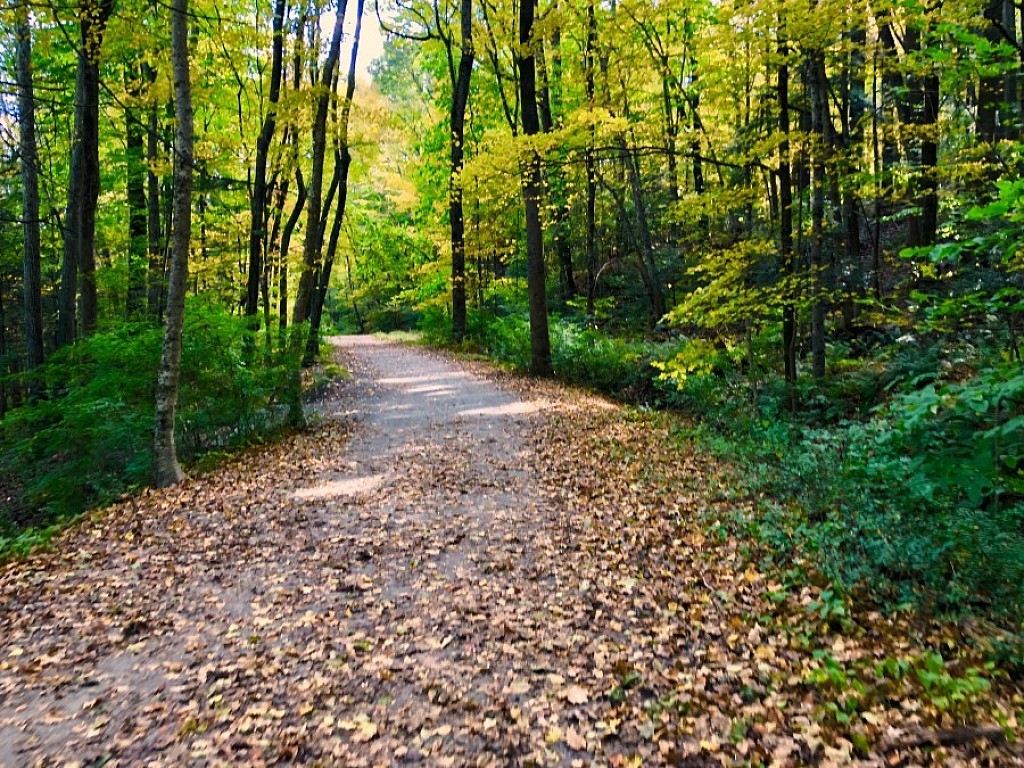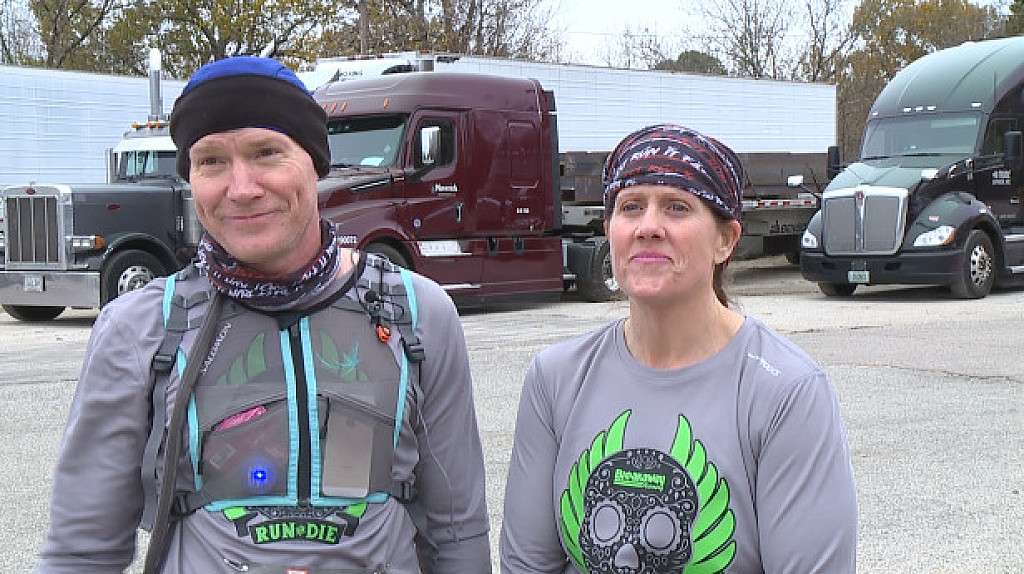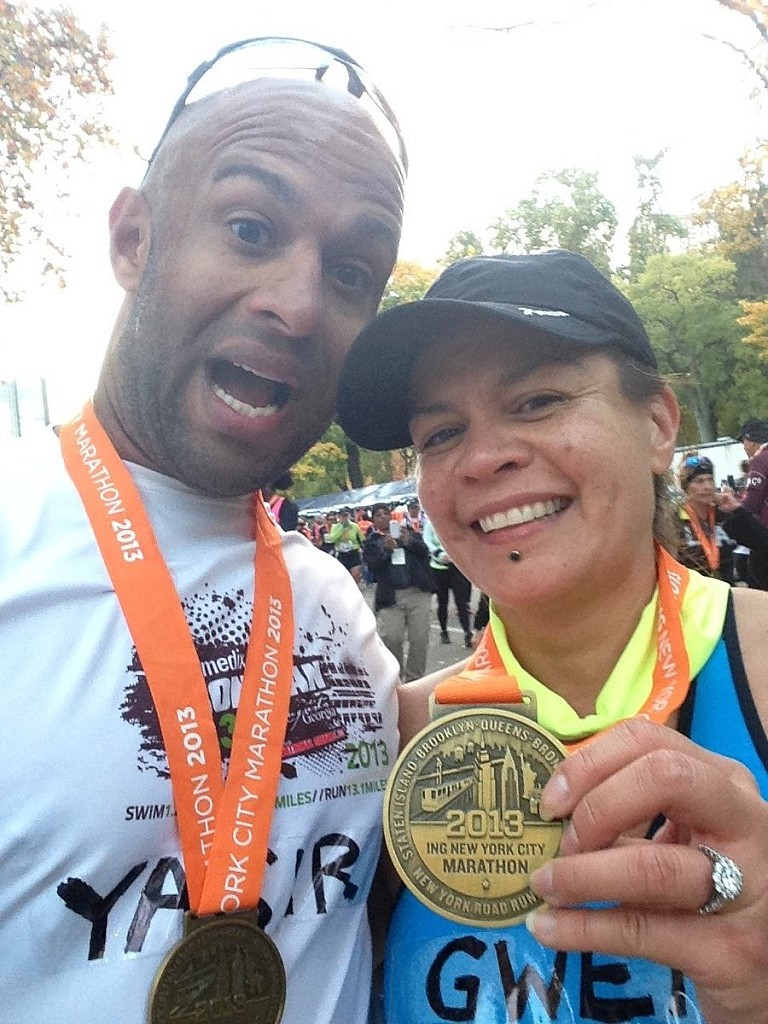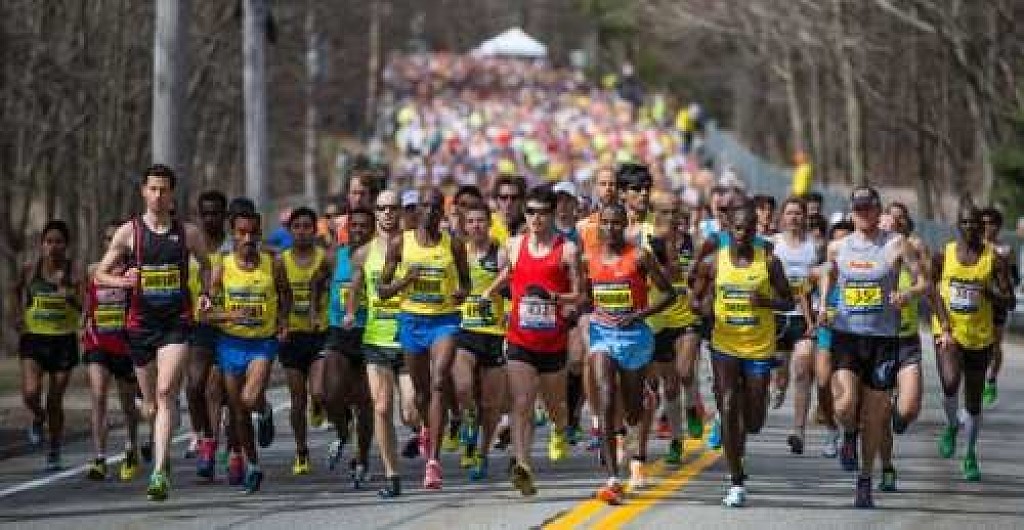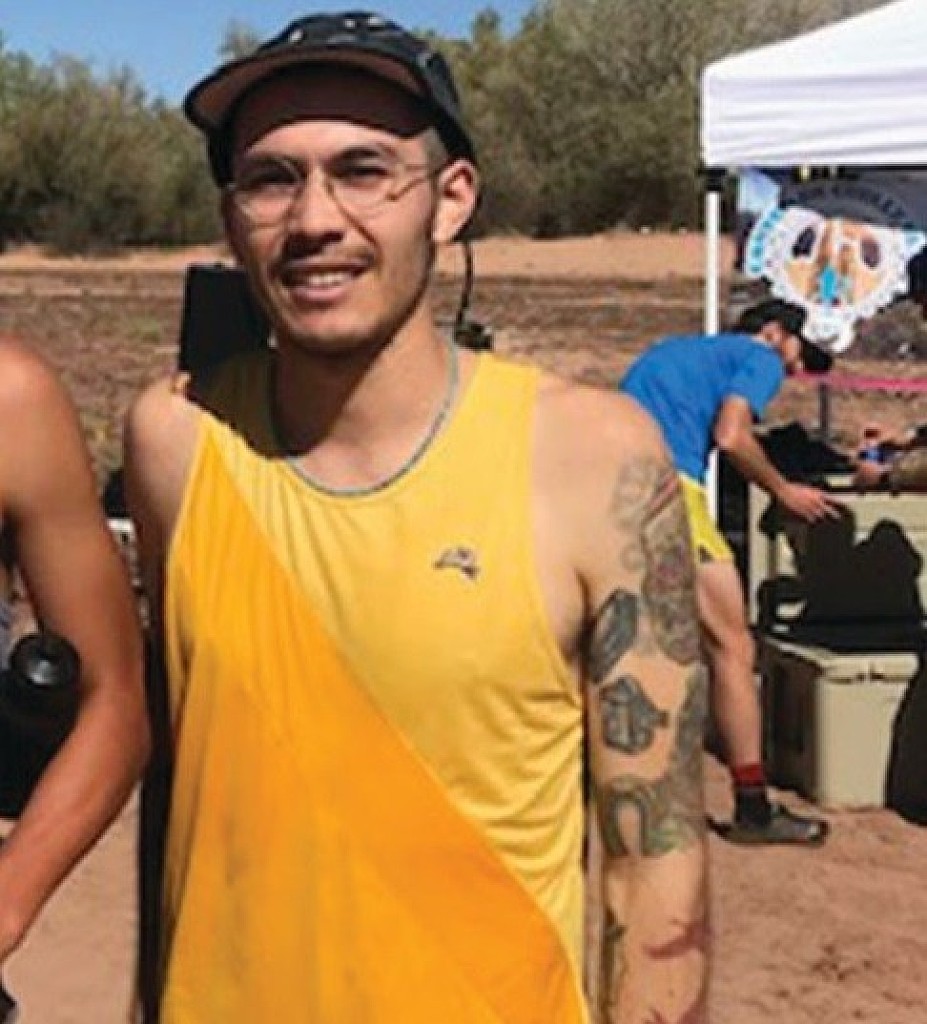Running News Daily
Top Ten Stories of the Week
12/1/2018
These are the top ten stories based on views over the last week.
Millinocket Maine needed a boost, sure. But not a handout. So Gary Allen started an entry free marathon to help the town
Long-distance runners have a reputation for being as wacky as they are driven. Gary Allen is proof positive of both.
As coach of the Mount Desert Island Middle School cross-country team, he trains his squad mostly by playing zombie invasion games behind the school. He has a screaming-loud stocking hat for every occasion.
He’s ebullient and sometimes long-winded but knows how to affect reticence with an authenticity that would make any fellow Mainer proud. He treats everyone like his new best friend and begins each conversation with, “Hi. I’m Gary Allen.”
Allen has run a hundred marathons and won his age group in more than a few. In fact, he is one of a few worldwide who have run a sub-three-hour marathon in five different decades.
He’s the founder of the Mount Desert Island Marathon and the Great Run, a six-hour ultramarathon where competitors simply run back and forth on Great Cranberry Island as many times as they can. But none of that means much to the 4,500 people who call Millinocket, Maine USA home.
When they talk about a marathon, they’re talking about the one Allen first organized last year — the one that put the town on the long-distance map after Runner’s World picked up the story. The one that has more than 1,000 people clamoring to fly across the country for the opportunity to run here on December 10.
Like most of Allen’s schemes, this one started on a whim. Around Thanksgiving last year, he read yet another newspaper article characterizing Millinocket’s economic woes.
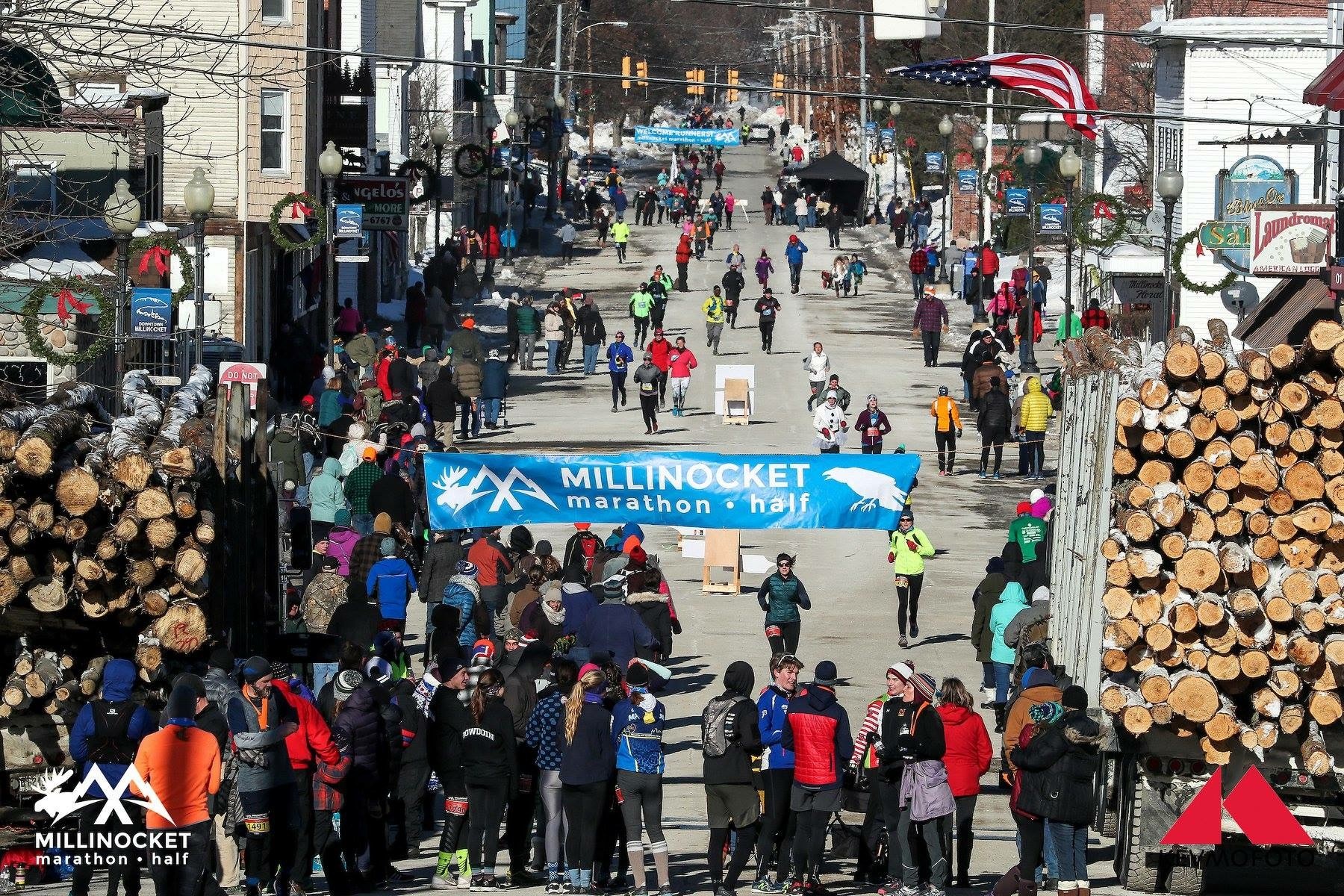
“It’s not like I set out to find a little town to help. It’s more like a little town found me.” There’ve been a lot of those articles since the Great Northern paper mill closed here in 2008. In the years since, Millinocket has become a symbol for the failure of America’s manufacturing monotowns.
That doesn’t sit well with locals here. And it rubbed Allen the wrong way last fall too. Millinocket needed a boost, sure. But not a handout.
So Gary Allen decided to do what Gary Allen does best: he organized an impromptu marathon. This race was open to all and charged no entry fee. Instead, Allen suggested that participants take the money they would have spent on registration and spend it in Millinocket.
He didn’t advertise any of this except to post it to his Facebook page. Nonetheless, about 50 of his friends agreed to show up for what may well have been America’s first flash-mob marathon. Allen mapped the course on Google Earth.
It’s a gorgeous one: a lazy loop with lots of views of Katahdin and several miles on the iconic Golden Road, a 96-mile stretch of gravel connecting Millinocket and the Canadian border, before it drops back down into town for a finish at Veterans Memorial Park.
Allen warned participants that they’d need to be totally self-sufficient during the race. He printed out slips of paper detailing how to stay on the course. After they were done running, he figured they could have lunch or do some holiday shopping, then fuel up their cars and head home.
Millinocket might not even realize they’d been there. But word got out around in close-knit Millinocket. By the time Allen rolled into town, local businesses had emblazoned signs welcoming the runners. Locals set up a water station around the 5-mile mark and stood for hours guiding runners on the course and directing traffic. A cheering section assembled at the finish.
In other words, the marathon flash mob got flash-mobbed by the town they were supposed to be helping. And in that moment was born an unlikely love affair between one of Maine’s most charismatic runners and a town looking to get back on its feet.
After last year’s race, townspeople asked Allen if he’d organize another one. He agreed. And he said he thought he could make it bigger, better.
Earlier this year, he returned to Millinocket with a surveyor who could certify the course as an official Boston Marathon qualifier — the only one in the country without an entry fee.
As it turned out, Allen’s hastily drawn loop on Google Earth was less than 50 yards off the exact required distance. While Allen and the surveyor were in town, a total stranger offered the two men a house to stay in for as long as they needed.
That, says Allen, is the spirit of Millinocket — and Mainers in general, for that matter. For decades, the town was known as the “Magic City,” a nod to how it seemed to have sprung up overnight in what had previously been untrammeled wilderness.
Millinocket, founded in 1901, is but a blip. And like the Greek goddess Athena, it seemed to emerge fully formed from the mill itself — first as dozens of tar-paper shacks and rooming houses; soon after, as an Anytown, USA, with a bustling main drag and orderly blocks of houses. (Photo by Michael Wilson)
(11/28/18) Views: 1,213Kathryn Miles
My coach said when passing someone, pick up the pace, go by with certainty and show no sign of exertion - Larry Allen on Running File 3
Full circle. I am becoming Fred Dingley. He was my first cross country coach at Lee Academy way back in 1969.
One late summer day a couple of years ago I headed for my usual early evening run at a favorite trail in Connecticut.
A welcome hint of fall was in the air. Dry, refreshing Canadian high pressure, breezes and gentle fall-like light had crept in for the first time in months, replacing the laser-bright sun and stifling humidity of a hot summer.
The trail I often run extends along the Pequonnock River Valley and the beautiful weather had it abuzz with happy runners, cyclists and walkers, a full house in the parking lot.
At the top of the short hill leading from the lot to the trailhead; 15 young men from a local high-school cross country team gathered, bare-chested, stretching against a rail fence.
The 14 year-old newbie kids tried not to be conspicuous in their very presence but also were clearly checking out their bigger, stronger and more confident 17-18 year-teammates. The older ones innocently full of themselves, utterly oblivious to the younger kids.
They all started running just before I shuffled up onto the trail. Within the first half mile I could already see the smaller, slower runners beginning to fall off the pace.
I caught the first kid soon after. For a minute I was back in the early fall of 1969. My first coach, yes Fred Dingley, was the headmaster of the school.
In his 60s, he ran with the team some days. I was 14, 4’9” and weighed maybe 90lbs. I lacked fitness, confidence or any knowledge whatsoever.
Mr. Dingley caught me a few times in my first few runs that September and always had a word of encouragement as he passed.
He made me feel like if he could run 2-3 miles at his age I damn well could, even when I seriously doubted it two steps prior to him passing and three steps after he went by.
Fred Dingley's teams were a perennial power in Maine. State Champions my first 2 years. My next coach, Howie Richard, led a team to my third championship in 4 years. I was fortunate.
Early that first September I ran my first timed mile in 6:55. I proudly made my way to the top of the Junior Varsity by the end of the year and ran a 5:06 mile.
I won a race the next year and I will never forget being congratulated by the headmaster-coach in the school’s morning announcements.
Mr. Dingley retired a year later and I've always hoped he kept running for years after.
40 odd years later, I ran past the slower runners in the first couple of miles on the trail and made a point of doing what my coach had done; offering a quiet word of encouragement to each kid.
I wondered whether seeing a man in his 60s running by might do for one of them what it did for me years before.
Meanwhile, I also remembered how Howie Richard coached me as as a more accomplished runner 3 years later; he said when passing someone, pick up the pace, go by with certainty and show no sign of exertion, he explained, only slightly in jest, that "it demoralizes them a little and gives you an edge".
Maybe I should regret those ingrained competitive instincts but at more than 4 times the age of most I passed I think I should get a pass (no pun intended) for any insensitivity, real or imagined. I did try offer encouragement but that's a different thing, right? Can you intimidate someone (a little), feel better about your own remaining ability and give encouragement all at the same time? I hope so.
I have no idea whether the team I saw in Connecticut that pre-season evening ended up a top team that year. I was impressed that most of the older kids ran the same 8 miles I did.
Based on those I passed, I remember wondering whether I might still be able to make the JV team of a HS team. In reality the dead sprint at the beginning of a 3mi high-school cross country race would be a big problem.
If I had any hope I’d have to use experience and wisdom (if any) to try and overcome my physical ability with a late charge from behind at the end. The real problem; the youngest and slowest kids I saw were all going to get much faster and stronger in coming months. I would not.
At just past age 60 I was still holding up ok. I could still manage 5-12 miles almost daily. A few longer runs crept below 8 minutes per mile, I even managed a 6:25 mile at the end of one good run. It all took a sudden turn with an unexpected health problem a short time after this particular evening.
Having successfully dealt with my issues I’m again able to run or run/walk for shorter distances on the trail weekly, slower but just as happily. I still see competitive runners and teams, maybe the same ones; a few looking like collegiate runners home for a visit, some likely former undeveloped youngsters but not so much anymore and of course always a new crop of nervous 14 year old prospects.
As for me, maybe I should just be happy being Fred Dingley.
(Editor’s note: Larry Allen on Running is a regular MBR feature sharing the wisdom of Larry Allen, a 50 year accomplished runner and artist. He is currently participating in the third Run The World Challenge.)
(11/25/18) Views: 197Larry Allen
Steve Polansky is ready to run his 36th California International Marathon this weekend
Steve Polansky never looks back — except, of course, when he is at the starting line of the California International Marathon, which begins on an uphill slope. “I like to line up and look back at the field,” says the 72-year-old resident of suburban Sacramento. “I can see thousands of runners behind me. It’s awe inspiring and takes my breath away.” The CIM, an annual race from Folsom to Sacramento, is one marathon that Polansky knows very well, having run it for 35 straight years. In fact, the past president of Mosaic Law Congregation in Sacramento is one of only 12 runners who have participated in every CIM since it began in 1983. “I signed up and loved the course so much that I contacted [the Sacramento Running Association],” recalls Polansky, a New York native and a retired obstetrician-gynecologist. In turn, he immediately was asked by the association, “Can you be a member of the board?” It was a response that definitely hit home for the regular synagogue-goer. “How often in Jewish life do you become president of something just because you showed an interest?” he says. This year’s California International Marathon is scheduled for Sunday, Dec. 2, with the fastest runners finishing the 26.2-mile course about 135 minutes later — or about seven hours before the first night of Hanukkah begins. When the CIM premiered 36 years ago, 1,600 runners participated (and Polansky finished in 3 hours, 16 minutes). The course from Folsom Dam to the state Capitol has remained unchanged since 1983, and this year, with some 13,000 people signed up, the CIM has become the 10th largest marathon in the country, Polansky says. (11/27/18) Views: 51Chris Weir has been training in a produce plant in Dallas as he gets ready to run the Antarctic Ice Marathon
Christopher Weir, is an avid marathon runner, among many other athletic pursuits. Chris, a successful Dallas businessman, has run the Dallas marathon four times and the New Orleans marathon once during the last few years. Running and finishing a marathon is special but after you’ve done it again and again, with thousands of others at each event; what do you do for an encore? Well, leave it to Chris to transcend from the mundane to the extraordinary. On December 13, the fourteenth Antarctic Ice Marathon will take place just a few hundred miles from the South Pole at the foot of the Ellsworth Mountains, the highest mountain ranges in Antarctica. Chris Weir will be on the starting line this year. He has been training by running in the ice-cold environment of a produce plant in Dallas. For Chris, the journey begins by flying to Punta Arenas, Chile on December 10. During the next 24 hours he, and the 54 other competitors from 14 countries around the world, will undergo a briefing about the marathon and the conditions under which it will be run. On December 12, the entire group will be transported by private jet for the four hour flight to Union Glacier, Antarctica, the icy location of the marathon. Union Glacier Camp is only accessible by air and the aircraft will land on a naturally-occurring ice runway on the Union Glacier, where competitors will take their first steps in Antarctica. Then, they will climb aboard a specially adapted van for a five mile ride to camp, where final preparations will be made for the epic event the following day. (11/28/18) Views: 47We live for that effortless and balanced feeling like you are floating above the ground - Larry Allen on Running File 2
It’s really impossible to pick one race or run as best or most memorable in a 50 years of running. I guess if I had to pick one thing it would come from the occasionally feeling one gets in a run or race, when it’s suddenly well within your ability and training, just effortless and fast, finding yourself perfectly balanced and feeling like you are floating above the ground and periodically reaching down with one foot or the other and giving yourself a little push to maintain your momentum and with little or no limits to how long you could keep it up.
Pure magic and joy whether in a training run or race. At it’s best “that feeling” was somewhat elusive when even a very fit young runner and certainly more so as we age.
There is still a strong pull to get out every day to try and find a glimpse of it regardless of the likelihood that you won’t. I’ve always thought that B.F. Skinner’s psychological studies of the power of variable, unpredictable patterns of reinforcement to modify our behavior were likely at work and I’m good with that.
My running friends and peers of a certain age and vintage share a little joke about the rules of gravity of middle age (and beyond) being clearly quite different than anything Isaac Newton theorized.
(Editor’s note: Larry Allen is a 50 year runner and artist (self portrait). His wisdom and knowledge of our sport is impressive and this is why we asked him to regularly share his thoughts here - Larry Allen on Running. He is also participating for the third time in our Run The World Challenge.)
(11/24/18) Views: 44Larry Allen


